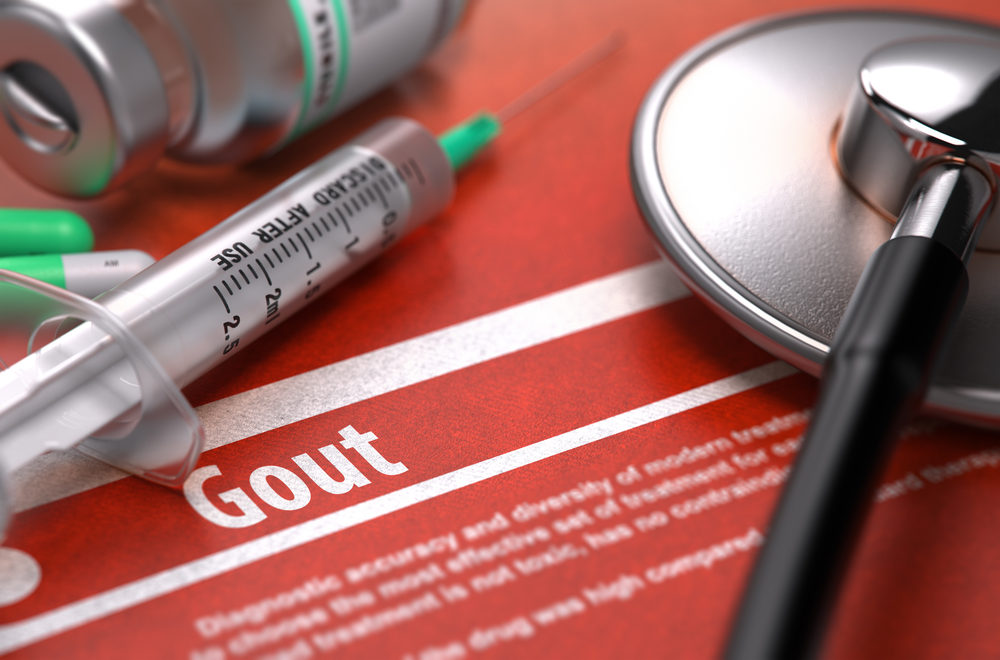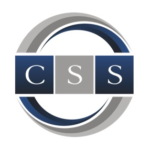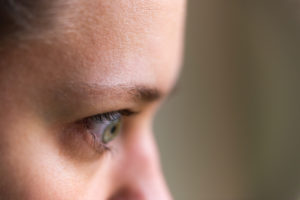
Stevens-Johnson Syndrome (“SJS”) and Toxic Epidermal Necrolysis (“TEN”) are among the most lethal and severe adverse cutaneous reactions, and, yet, very little is known to most people about these conditions. Even worse, medical professionals often mismanage the simple treatment of SJS/TEN and pharmaceutical companies deny and mislead the association between the drugs they sell and the disease.
SJS and TEN are both severe disorders of the skin and mucous membranes, most often resulting from a reaction to a medication or chemical. The only difference between the two is that, if more than 30 percent of the skin is involved, it is classified as TEN rather than SJS. In fact, most patients are initially diagnosed with SJS, and then, as the disease progresses, they are diagnosed as TEN.
While there is no cure for SJS/TEN abiding by simple medical standards for evaluating and managing SJS can reduce injuries and even save lives. Additionally, adequate product labeling can alert patients and health care providers to this condition, and advise them to cease taking medications if a reaction occurs.
What are the symptoms?
Every patient is different, but common early symptoms include fever and other “flu-like” symptoms. A classic SJS/TEN presentation involves a rash in multiple areas of the body (not isolated to one particular area) followed by lesions or ulcers in the mucus membranes – the eyes, mouth and genitals. These injuries can worsen when patients are not properly evaluated in the early stages of SJS, and worse, may continue the medication causing the SJS reaction. Moreover, if not properly treated, SJS/TEN can lead to life-threatening conditions like sepsis, respiratory failures, meningitis and damage to internal organs.
What causes SJS?
SJS is almost always triggered by medications. The most common causative medications include the anti-gout medicine, Allopurinol, and anti-seizure drugs, such as Lamictal, used for mood stabilization and Bipolar disorder. Many other drugs have been shown to cause SJS/TEN, and new studies continue to identify additional drugs.
How is SJS treated?
After a physician diagnoses SJS or determines a strong suspicion for it, the patient should be immediately taken off the medication suspected of playing a role in the illness. The patient also needs to receive urgent care at a burn unit, intensive care unit or another medical facility specializing in the treatment of SJS and TEN. A patient who is not provided specialty treatment will likely suffer from an exacerbation of their injuries and possibly suffer long-lasting effects, including vision problems and acute respiratory failure.
If you or a loved one has recently developed SJS or TEN, contact Childers, Schlueter & Smith at 1-800-641-0098. Our dedicated drug injury attorneys can help you to determine your legal options. We help patients and families all over the country, and we do so with unparalleled experience and results.

At Childers, Schlueter & Smith, our attorneys are dedicated to helping victims of personal injury and/or those who have lost a loved one to wrongful death determine their legal options. We are a distinguished law firm that is driven by years of experience and exceptional results. If you or someone you know has been injured due to another’s negligence, please contact our firm to discuss your legal options.










Comments for this article are closed.